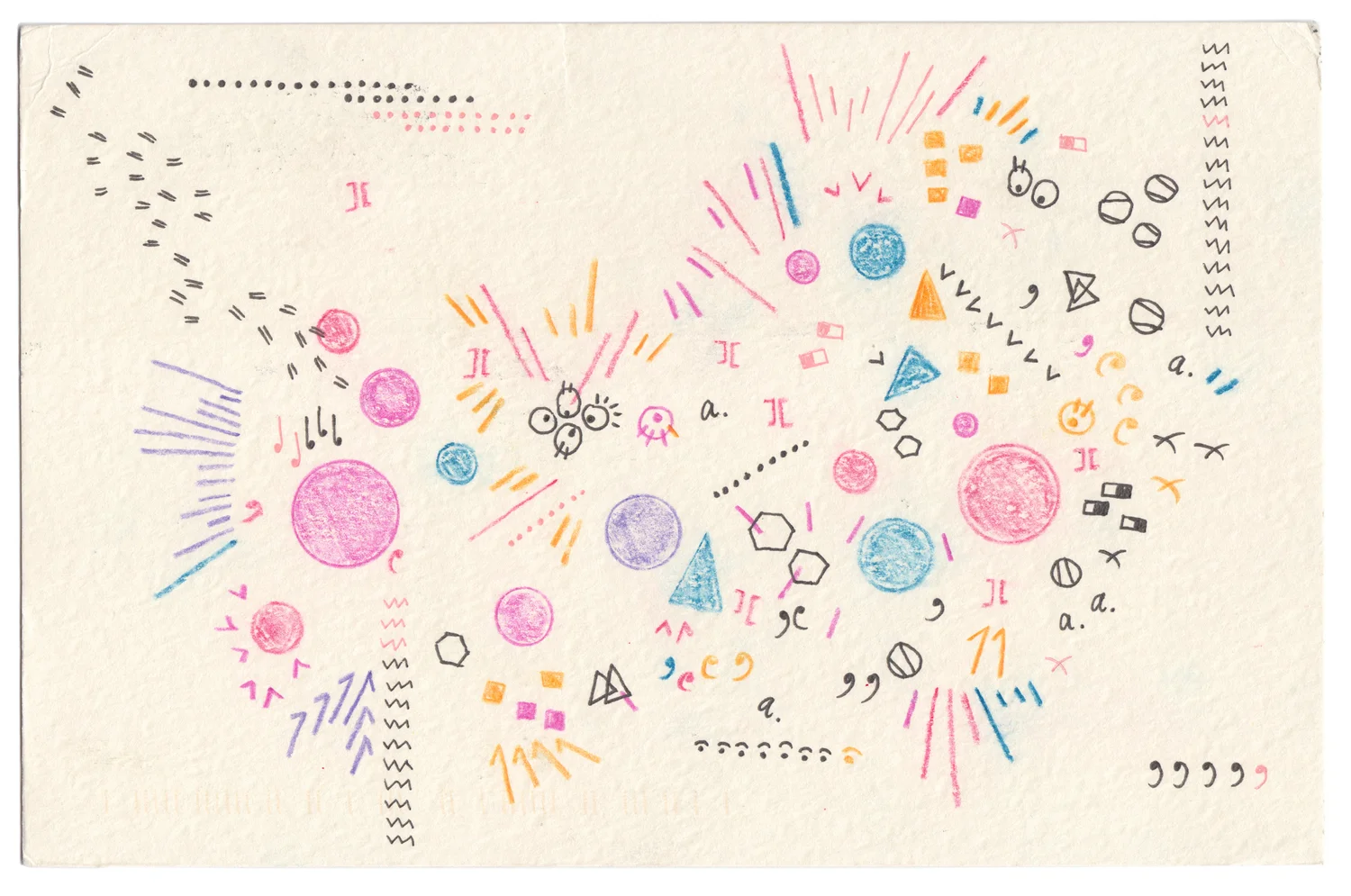Databases
Here are database to choose from:
- NYC Open Data
- Kaggle Datasets
- Google Dataset Search
- Data Is Plural
- FiveThirtyEight
- The Pudding
- Our World in Data
- Awesome Public Datasets
Feel free to explore other databases as well and share them in the assignment submission form.
Assignment
Due: Oct 7, 2025
Submit Assignment
This week, you will research data and look for a dataset that resonates with you. It could be related to your interests, a social issue, or something you find intriguing. Once you have your dataset, you can try creating a visualization using p5.js.
- What structure does the data have? How can you map it to visual elements like position, size, color, or shape?
- Use loops and object structures to efficiently handle and visualize the data.
- Can
maphelp you translate data values into visual properties?
This is the beginning of our project 2: data sculpture. We will continue to refine and develop this project over the next few weeks.
Readings
We don’t have required reading this week either. These are more like fun readings for inspiration.
 (Dear Data by Giorgia Lupi and Stefanie Posavec)
(Dear Data by Giorgia Lupi and Stefanie Posavec)